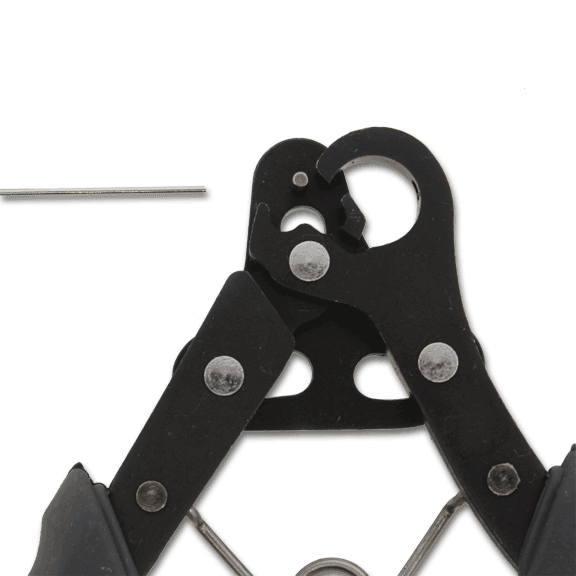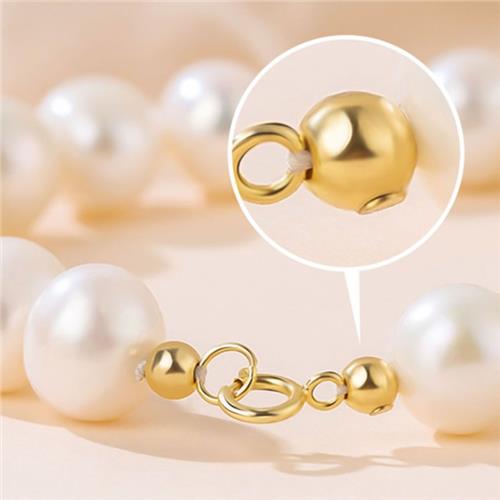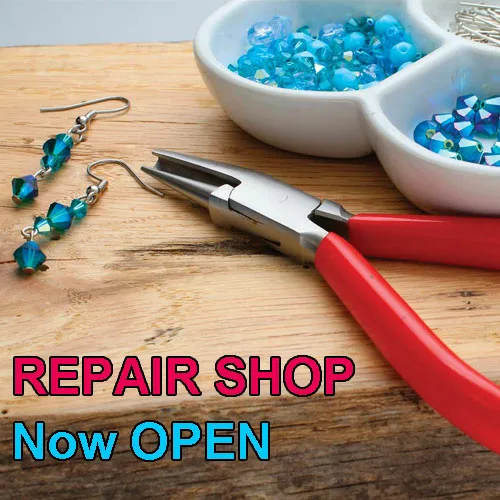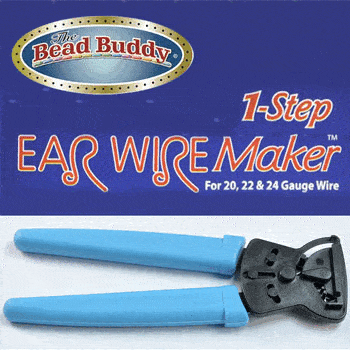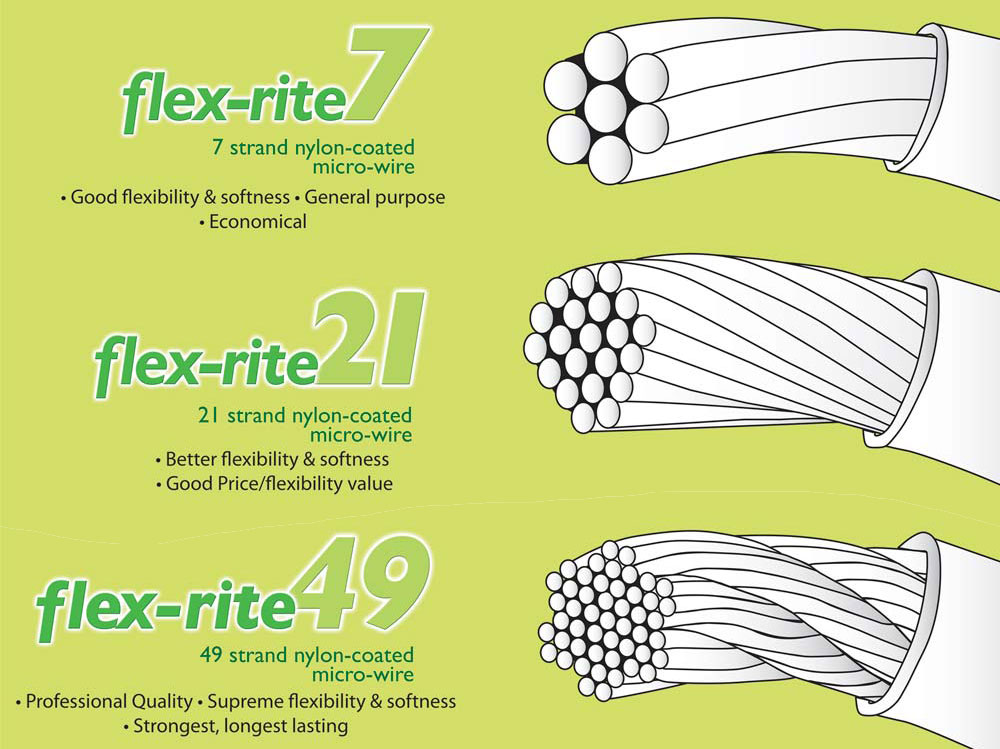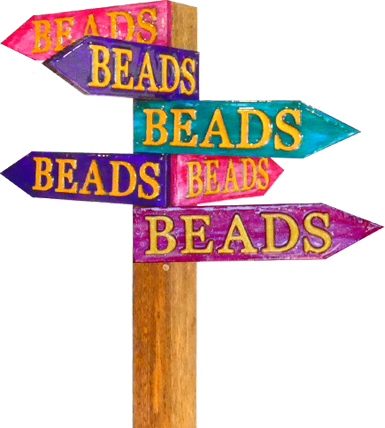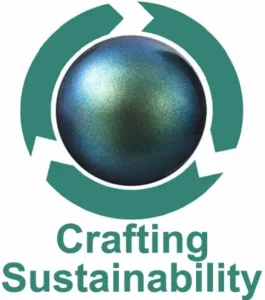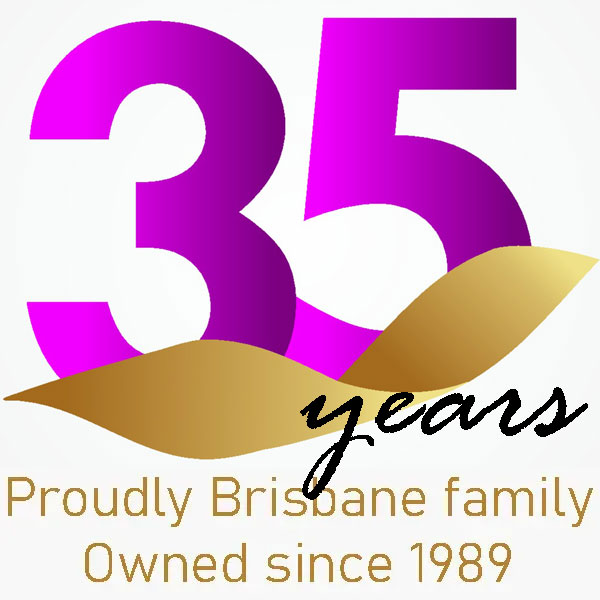Howlite - Natural

Howlite is a fantastic gemstone that brings a sense of tranquility and calmness to its wearer. Its beautiful white colour with grey marbling adds a touch of elegance and versatility to any jewellery design, making it a perfect choice for creating stylish and soothing accessories. They pair perfectly with pearls, lava beads, black onyx or brightly coloured gemstone beads.
Showing all 14 results
-
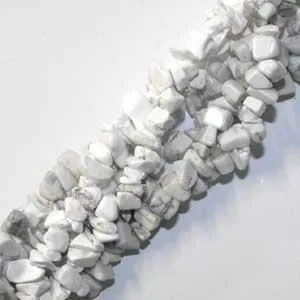
Chips Strand Howlite White 32″
$8.0083 in stock
-
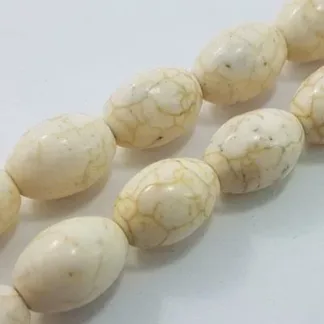
Howlite 10x15mm Cream White Rice Beads Strand
$18.0015 in stock
-
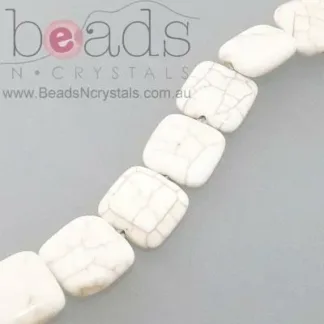
Howlite 14mm Puff Flat Square Beads Strand
$12.005 in stock
-
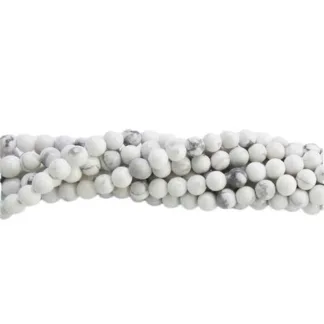
Howlite 3mm Round Beads Strand
$16.00Out of stock
-
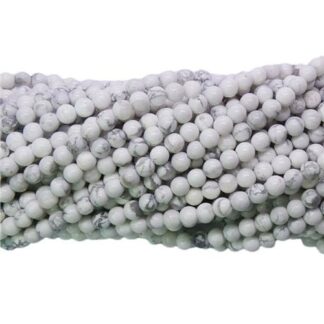
Howlite 4mm Round Beads Strand
$14.0075 in stock
-
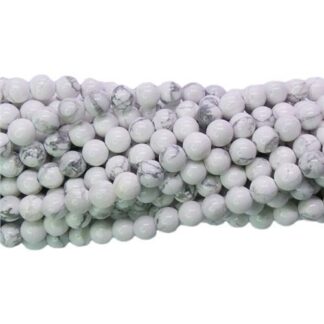
Howlite 6mm Round Beads Strand
$16.0050 in stock
-
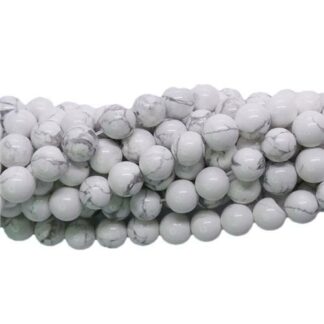
Howlite 8mm Round Beads Strand Natural White
$20.0037 in stock
-
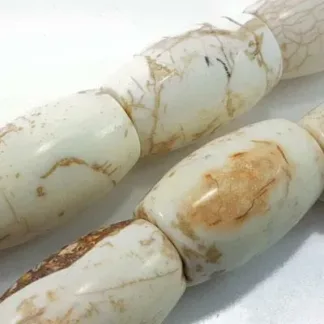
Howlite Giant 25x40mm Barrel Beads Strand EOL
$24.0016 in stock
-
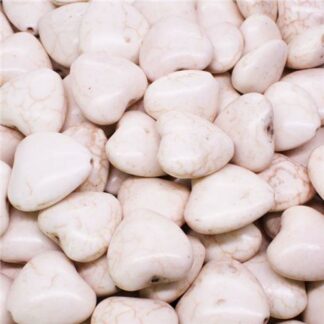
Howlite Heart 16mm Beads Loose Beads Sold per piece
$0.80561 in stock
-
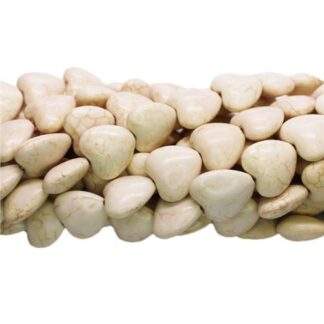
Howlite Heart 16mm Beads Strand
$14.0031 in stock
-
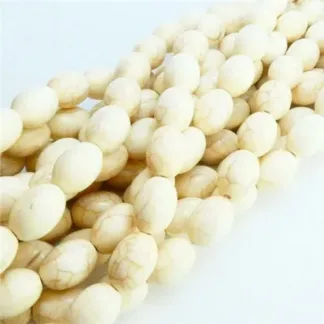
Howlite Pressed Barrel 10x13mm Beads Strand
$12.0073 in stock
-
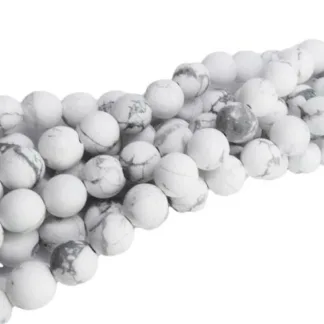
Matt Natural Howlite 8mm Round Gemstone Strand
$22.001 in stock
-
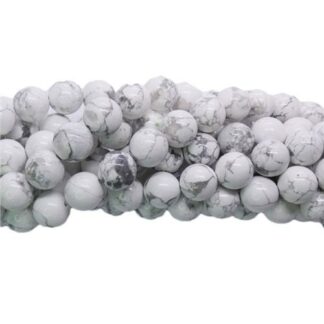
Natural Howlite 10mm White Round Beads Strand
$22.0046 in stock
-
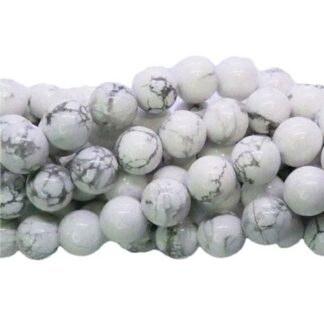
Natural Howlite 12mm White Round Beads Strand
$30.0019 in stock
What is Howlite?
Howlite is a remarkable gemstone known for its distinct appearance and various uses in jewellery making. With its calming energy and beautiful aesthetics, it has become a popular choice among designers and enthusiasts alike. Lets explore the properties of howlite and its versatile applications in creating stunning jewellery pieces.
White howlite is a calcium borosilicate mineral that is typically found in white or grey colour, often with striking grey or black veins running through it. Although people often refer to howlite as a gemstone or crystal, it is technically a mineral. Its appearance is reminiscent of white marble or turquoise, making it an eye-catching gemstone for jewellery. It is often used as a more affordable alternative to pricier gemstones like turquoise, providing a very similar look and feel at a much lower price.
What are the crystal properties of howlite?
Gems and minerals have long been thought to bring a range of health and physical benefits to the wearer. When looking at the meaning of howlite there are a number of properties that have meaning for howlite.
One of the most notable qualities of howlite is its calming energy and association with tranquillity. It is believed to have a soothing effect on the mind and body, helping to reduce stress, anxiety, and insomnia. This makes howlite an ideal gemstone to incorporate into jewellery pieces intended for promoting relaxation and inner peace.
Is Howlite a Chakra gemstone?
Howlite is commonly associated with the Crown chakra. The Crown chakra, also known as Sahasrara in Sanskrit, is located at the top of the head, and is considered the highest energy centre of the body. It is associated with spiritual connection, higher consciousness, wisdom, and enlightenment.
With howlite’s perceived calming and soothing energy, it’s said to help quiet the mind, reduce stress, and facilitate deep states of relaxation and meditation. By working with the Crown chakra, howlite is believed to promote a sense of spiritual expansion, enhance intuition, and support the development of one’s spiritual connection.
When the Crown chakra is balanced and activated, it contributes to a sense of spiritual awareness, inner peace, and connection to the divine. Howlite is often used in chakra healing and energy work to stimulate and balance the Crown chakra, promoting a harmonious flow of energy throughout the body and fostering a deeper connection to higher realms of consciousness.
Howlite vs Turquoise
Howlite and turquoise are both gemstones that share some visual similarities but differ in terms of composition, properties, and value. Here are some important points of comparison between howlite and turquoise:
- Spectrum: Howlite and Turquoise are both on the same spectrum, but at opposite ends. They are usually found in the same locations but in vastly different quantities. Howlite is plentiful while turquoise is rare. Between turquoise and howlite are a broad spectrum of gemstones including white turquoise, chalk turquoise and magnesite.
- Composition: Howlite is a borosilicate mineral composed primarily of calcium and boron. On the other hand, turquoise is a hydrous phosphate mineral that contains copper and aluminium as its main components. The chemical composition of these gemstones gives them distinct physical properties and colours.
- Colour: Howlite is typically found in white or grey hues with grey or black veins throughout. It can also be dyed to resemble other gemstones, including turquoise. Turquoise occurs in various shades of blue and green, ranging from light sky blue to deep green-blue. The deeper and richer colours are rarer so command a higher value.
- Matrix: Turquoise is known for its unique matrix patterns, which are intricate web-like veins or patches of host rock that appear within the gemstone. These matrix patterns can add to the visual appeal and value of turquoise. Howlite will generally also have veining, but it usually has a different appearance and is not as pronounced or highly valued as turquoise matrix.
- Value: Turquoise is generally considered more valuable and sought after than howlite due to its scarcity, cultural significance, and vibrant colours. Genuine turquoise is highly prized in the jewellery industry and can command higher prices, especially when it exhibits desirable qualities such as intense colour, minimal matrix, and high-quality craftsmanship. Howlite, on the other hand, is more readily available and affordable.
- Use in jewellery: Turquoise has been used in jewellery for centuries and is highly regarded for its beauty and symbolism. It is often cut into cabochons, beads, and inlays for use in various jewellery designs. Howlite is commonly used as a substitute or imitation for turquoise due to its visual resemblance. It can be shaped into beads, pendants, and other jewellery components, providing an affordable alternative for those seeking a turquoise-like appearance.
It’s important to note that while howlite can resemble turquoise, it is not considered a true form of turquoise. Genuine turquoise is a cherished gemstone with a rich history and cultural significance, while howlite serves as a more accessible and affordable option for achieving a similar aesthetic. When purchasing turquoise or turquoise-like gemstones, it’s advisable to rely on reputable sources, like Beads N Crystals, who use proper disclosure of the gemstone’s identity and treatment (if any) to help you make informed decisions.
Chalk turquoise is a very pale blue to completely white gemstone which is quite brittle, hence the name ‘chalk’. Chalk turquoise is often dyed blue and stabilised with resins to enhance it’s strength. When strengthened, it can be made into beads, pendants and tumbled stones without the risk of breaking. Chalk turquoise should always be sold with the word ‘chalk’ in the name so you know it’s on the spectrum between turquoise and howlite, but not considered a high value like Turquoise.
Quickly and easily make your own howlite jewellery
In jewellery making, howlite can be used in various ways to create stunning and unique designs. Its neutral white or grey colour serves as an excellent backdrop for colourful beads, gemstones, or other accents, allowing them to stand out and create a harmonious composition. Howlite beads can be combined with other gemstones, crystals, or metal components to create bracelets, necklaces, earrings, and even statement pieces.
One popular technique for using howlite in jewellery is to pair it with colourful beads or gemstones to create a striking contrast. The calming white or grey hue of the howlite provides a balance to the vibrant colours, resulting in a visually appealing and well-balanced design. Howlite beads can also be carved or shaped into various forms, such as rounds, ovals, or unique shapes, allowing for creative and artistic expression.
White howlite can be used in wire-wrapping techniques, where the gemstone is securely wrapped in wire to create intricate and decorative designs. This technique highlights the natural beauty of howlite while adding an element of craftsmanship and individuality to the white howlite jewellery piece.
What can you make with howlite beads?
- Howlite Bracelet: This is the easiest item to create. Simply select your desired howlite beads, whether they’re chip beads or round. Then consider what you’d like to combine with the howlite. You could consider another bright gemstone bead, a different bead shape, possibly freshwater pearls, or black onyx for contrast. Then simply thread onto stretch elastic and tie a secure knot. Simple as that!
- Howlite Necklace: There are so many possibilities for a howlite necklace. It can be strung on elastic or Flex-Rite tiger tail with a clasp. It can be a single strand or more. It can be graduated or simple, mixed with other beads or just on it’s own.
- Howlite Pendant: Find a nice piece of howlite, it can be a large bead or a tumbled stone. Then turn it into a stunning pendant using wrapping wire, a micro-macrame cage or a spring cage. Thread it onto leather, cord, rat tail or chain for a range of classic looks.
- Howlite Ring: Make your own howlite ring using memory wire, needle and thread techniques or wrapping wire. A howlite ring can be as simple or elaborate as your imagination and creativity allows.
Where can I buy Howlite beads and jewellery in Australia?
Beads N Crystals stocks a great range of howlite beads, tumbled and rough stones and more. We’d love to help you select all the components and threads you’ll need to turn your howlite beads into amazing and personalised howlite jewellery.
This incredibly versatile and captivating gemstone has an important role in the world of jewellery making and we’re excited to help turn it into the most amazing creations. Its calming energy, elegant appearance, and affordability make it a popular choice among our professional and novice designer and jewellery enthusiast customers.
Showing all 14 results





